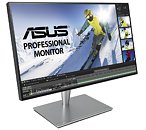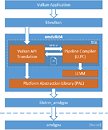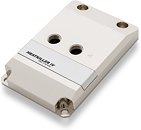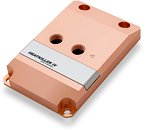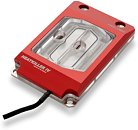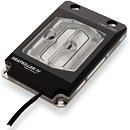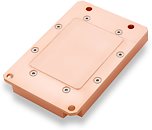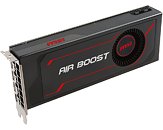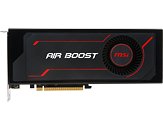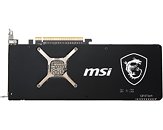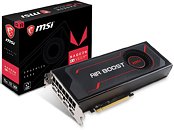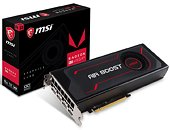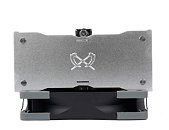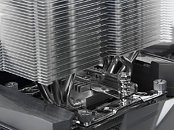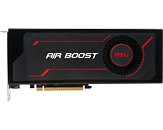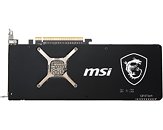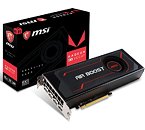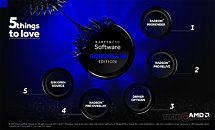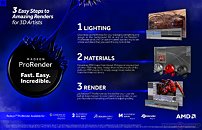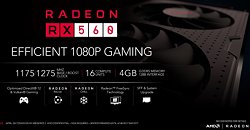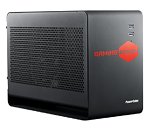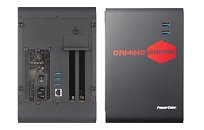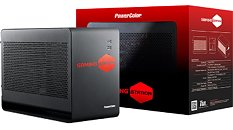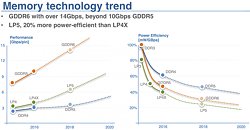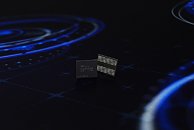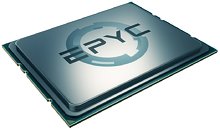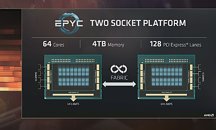
Intel Secretly Firefighting a Major CPU Bug Affecting Datacenters?
There are ominous signs that Intel may be secretly fixing a major security vulnerability affecting its processors, which threatens to severely damage its brand equity among datacenter and cloud-computing customers. The vulnerability lets users of a virtual machine (VM) access data of another VM on the same physical machine (a memory leak). Amazon, Google, and Microsoft are among the big three cloud providers affected by this vulnerability, and Intel is reportedly in embargoed communications with engineers from the three, to release a software patch that fixes the bug. Trouble is, the patch inflicts an unavoidable performance penalty ranging between 30-35%, impacting the economics of using Intel processors versus AMD ones.
Signs of Intel secretly fixing the bug surfaced with rapid changes to the Linux kernel without proper public-visibility of the documentation. The bulk of the changes involve "kernel page table isolation," a feature that prevents VMs from reading each other's data, but at performance costs. Developers note that these changes are being introduced "very fast" by Linux kernel update standards, and even being backported to older kernel versions (something that's extremely rare). Since this is a hardware vulnerability, Linux isn't the only vulnerable software platform. Microsoft has been working on a Windows kernel patch for this issue since November 2017. AMD x86 processors (such as Opteron, Ryzen, EPYC, etc.,) are immune to this vulnerability.
Signs of Intel secretly fixing the bug surfaced with rapid changes to the Linux kernel without proper public-visibility of the documentation. The bulk of the changes involve "kernel page table isolation," a feature that prevents VMs from reading each other's data, but at performance costs. Developers note that these changes are being introduced "very fast" by Linux kernel update standards, and even being backported to older kernel versions (something that's extremely rare). Since this is a hardware vulnerability, Linux isn't the only vulnerable software platform. Microsoft has been working on a Windows kernel patch for this issue since November 2017. AMD x86 processors (such as Opteron, Ryzen, EPYC, etc.,) are immune to this vulnerability.







